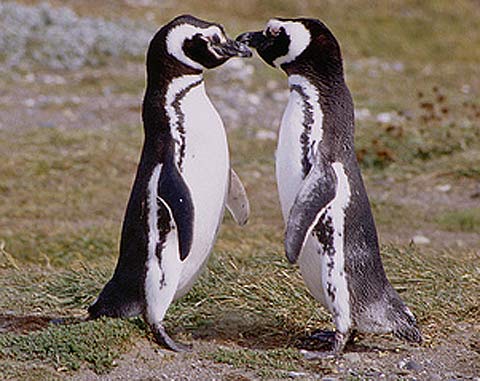Magellanic Penguin – Handsomely Striped Waddler
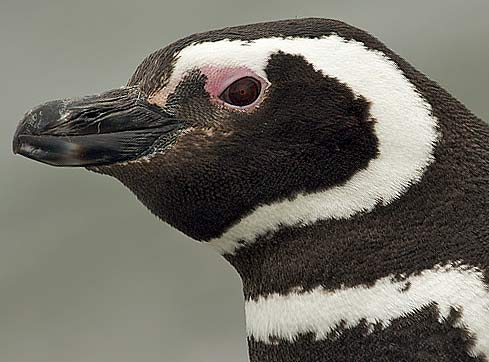
The magellanic penguin is a smaller species of penguin which dwells in the southern hemisphere all along the coasts of Argentina, Chile and the Falkland Islands. Some migrate as far north as central Brazil, but all populations live in and around the southern coasts of South America, nearer to Antarctica than the equator. Their scientific name is Spheniscus magellanicus and their original home is the Chilean Straight of Magellan, which is where they get both their latin and common names from.
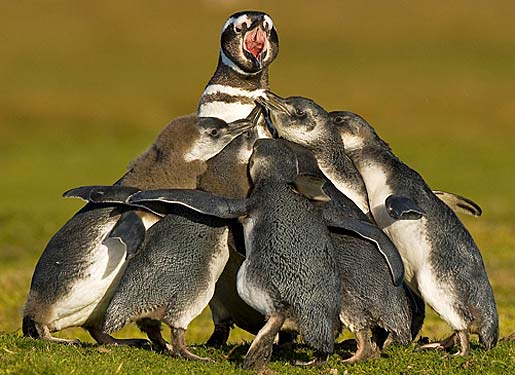
Not the largest, but far from the smallest species, the magellanic penguins are up to 30 inches tall when full grown (76 cm) and weigh up to 14 pounds (6.5 kg) though some are much smaller. Like the traditional image that people have developed of penguins, magellanics have a white breast and black back like a “tuxedo” – except that they have a black and white stripe across the very top of their chest where the wings meet their body, giving them the appearance of a collar.
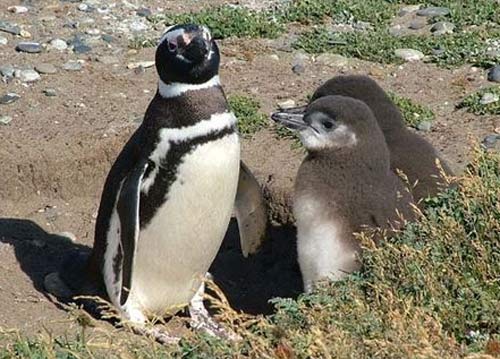
Like all penguins, magellanics are seafaring birds that cannot fly – in the sky, in the water they glide gracefully, hunting for a diet of krill, cuttlefish, sardines, squid and smal crustaceans. Magellanics ingest some seawater when they eat, and have a special gland which removes the salt from their bodies, as just like humans salt water is no good for drinking. They like to nest in burrows and come back to burrows they have used in years past.
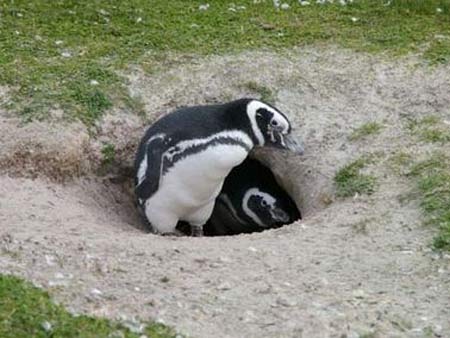
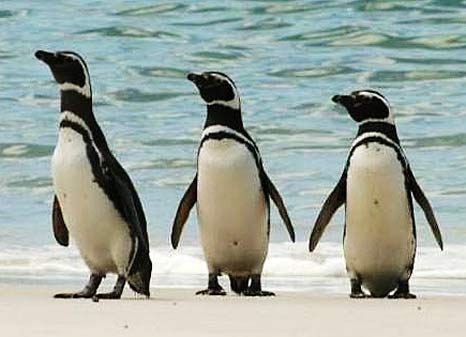
The IUCN classifies the magellanic penguin as “near threatened” – the first step after “least concern”. Breeding colonies are very concentrated and large, and oil spills and other disasters which threaten even one colony can have a serious impact on world population totals. These disasters affect the food sources of the penguins which leads to population decline – a phenomenon which affects most of the world’s penguins.
